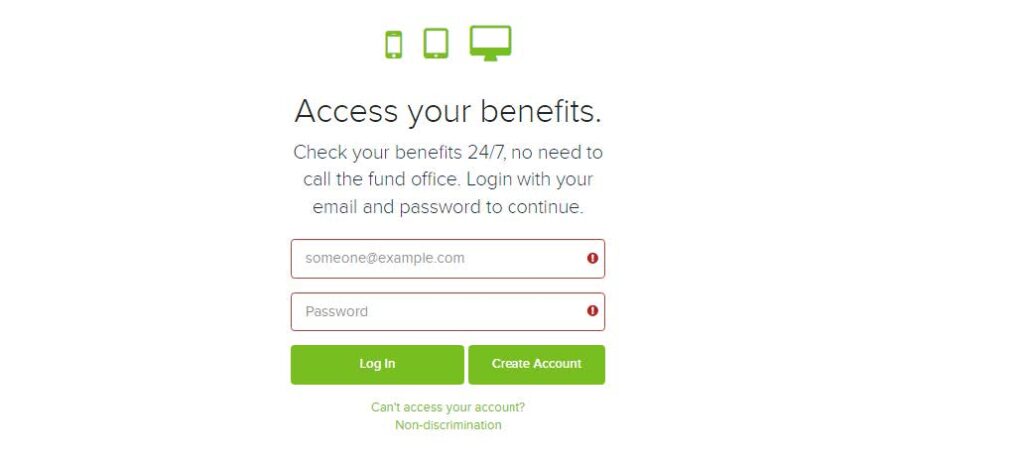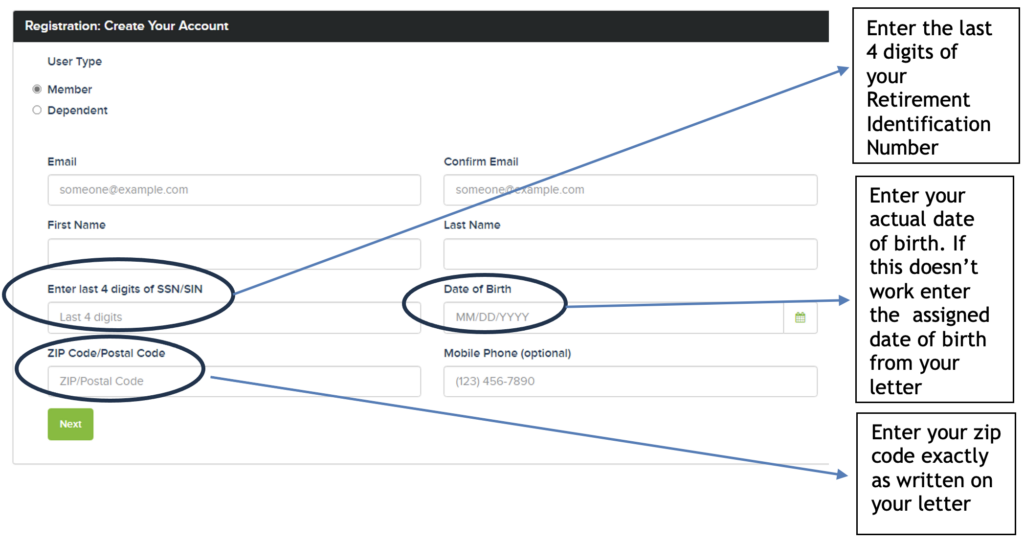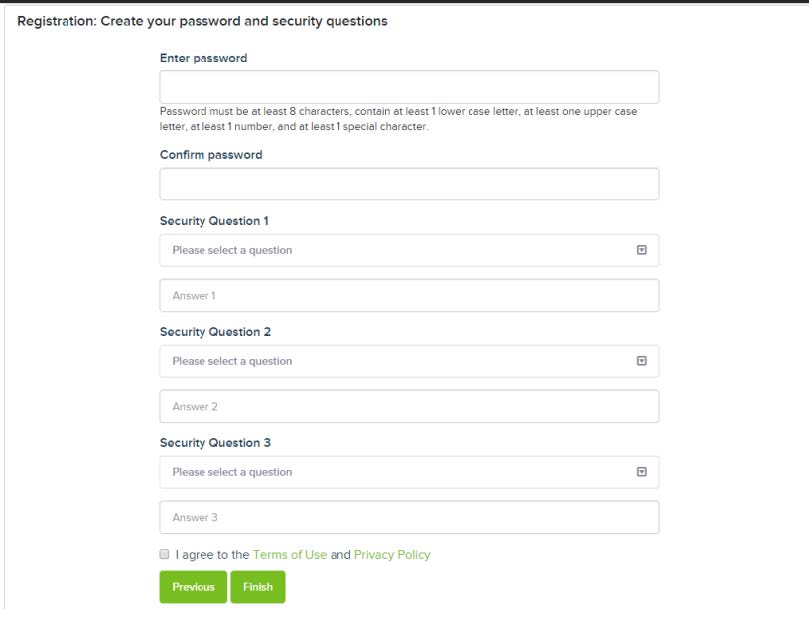Child care providers who are members of Child Care Providers United (CCPU) came together virtually today to announce the filing of an unfair practice charge against the state of California, which has refused to work collaboratively with providers as required under AB 378 (2019). Their action aims to save a child care system in crisis before it collapses entirely, shutting the doors to thousands of small businesses owned primarily by women of color. Without action, workers on the frontlines of fighting COVID-19 will be without reliable care for their children, locking hundreds of thousands of children out of early education.
Charlotte Neal from Sacramento, a family child care provider for 19 years, kicked off the press conference, “To put it plainly, child care providers were barely getting by before the pandemic. Now, we’re NOT getting by at all. As this pandemic rages on and our challenges as providers mount, the state is not working with us to limit the impacts on providers and keep us in business or to ensure frontline workers have access to the care they need. We need action from the state. And we need it now.”
Many of the child care providers who closed their doors in the Great Recession never reopened. California is now in danger of again losing the critical infrastructure it needs to recover from the pandemic-induced recession. But instead of stepping up to support providers who have been pushed to the brink, the state actually reduced some providers’ pay by forcing them to absorb the cost of family fees lost when parents keep children home to avoid COVID-exposure. The result, providers say, could be a future of child care deserts where thousands of children with nowhere to go. Child care providers and the families they care for are relying on the state to take action and support providers before it’s too late.
“Family child care providers came together to win collective bargaining rights and build their union because they knew this was the best way to address the many issues impacting the child care industry, with 97 percent voting in support of their union this July,” said Max Arias, Chairperson of CCPU and Executive Director of SEIU Local 99. “In order for this to work, we need the state to collaborate with us as required by AB 378 (2019). AB 378 sets out a process to improve child care, including how to retain experienced providers. We are filing an unfair practice charge[ today to enforce that process so that we can urgently reach an agreement with the state about how to keep child care open. The State is shutting the door in our face, and we, in turn, are having to shut the doors on families around California. Let’s instead immediately figure out how to strengthen child care and support school students who are learning in family child care homes.”
Child care providers have asked the state to:
- Increase reimbursement rates for providers who have children in their care participating in distance learning, as some providers have seen their monthly costs increase by up to 75%.
- Provide full financial support to providers who have to close their doors out of an abundance of caution following potential COVID-19 exposure so that they’re able to reopen and continue their role as essential workers in our communities.
- Immediately move on implementing a process to reimburse family fees. The Legislature and Governor allocated funding on Oct 21st to ensure providers don’t see a pay reduction for waived family fees. Still, the state has yet to release a process for reimbursing these fees to providers facing two months of lower pay–as child care costs are 75% higher.
“Child care providers are the backbone of our economy. They perform essential work, especially as child care providers take on a more prominent role as facilitators of distance learning and care for the children of other essential and front line workers,” said Johanna Puno Hester, Vice Chairperson of CCPU and Assistant Executive Director of UDW/AFSCME Local 3930. “Yet California’s child care system is in crisis, with more than 5,700 providers statewide closing this year due to COVID-19. These closures equate to a loss of over 60,000 state-subsidized child care spaces, leaving working families throughout the state with few, if any, affordable or available options.”
Providers are bearing significantly increased costs as a result of the COVID-19 pandemic. Katina Richardson, a provider from Alameda County — a county that has seen more than one-third of its providers close their doors in 2020 — has stepped up to support the kids in her care, without help from the state, “I’ve followed sanitary guidelines, footing the bill of added costs in cleaning supplies; transformed areas of my home into quiet learning spaces to help my school-aged children concentrate in their studies; and added the role of facilitator to the already long list of hats I wear, to ensure that my seven distance learners are connected and ready to learn every day. I communicate with four different teachers in four different schools to make sure my school-aged kids are set up for success — all this while ensuring my toddlers and youngest learners are participating in a structured curriculum. To say I’m juggling would be an understatement. Negligence from our state has left me with no support in my time of greatest need.”
And just as California is facing its most severe rise in COVID-19 cases yet, child care closures put health care workers in an impossible position. In Los Angeles, Sylvia Hernandez is caring around the clock for the children of nurses at large hospitals such as Cedars Sinai and Kaiser Permanente, all while facing an increasingly untenable financial burden. “Everyday, I see my parents come in and their faces have the red indentations of their personal protection equipment. I hear the fears they share about contaminating their children and being unable to work if they were infected. I have spent thousands of dollars in supplies, upkeep, and overhead costs to ensure our children can keep distance learning, and give our frontline worker families the peace of mind they need to continue doing life-saving work against this virus. Meanwhile, my costs have skyrocketed. In the last month alone, I spent $2,400 for additional sanitation of my home; $2,300 on utilities. I’ve emptied my savings account. Honestly, if we don’t get substantial help soon, I expect I will close my doors in February or March of 2021.”




